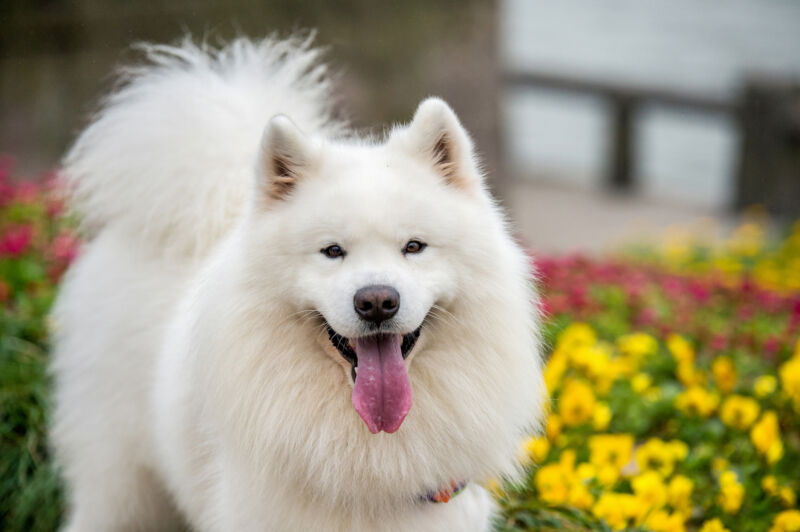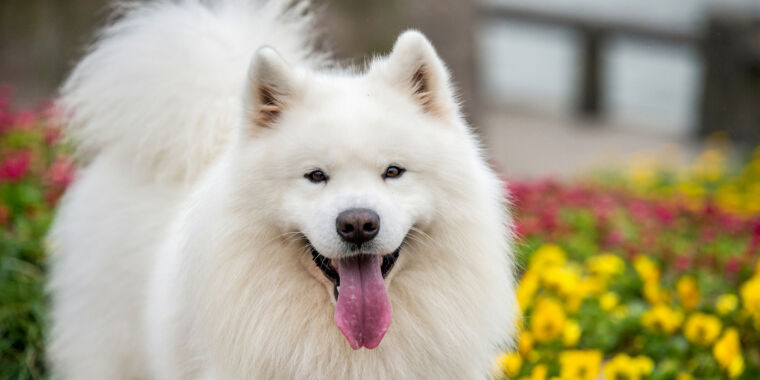
With many dog breeds it is purely about appearance, think of poodles and the Pekingese. But plenty of other breeds are dedicated to specific tasks, such as racing greyhounds. For many of these tasks, physical appearance is not enough: behavior matters too. Things like herding by sheepdog breeds or retrieving by different retrievers.
Unsurprisingly, many people attribute this behavior — and a host of others, less useful — to their dog’s breed and underlying genetics. Now a large team of US-based researchers has examined whether this belief is correct. And, with a few exceptions, they feel it isn’t. With a huge panel of volunteer dog owners, they show that the genetics of canine behavior is made up of many small, weak influences, and every breed seems to have some members who just don’t behave the way we expect.
Dogs, meet Darwin
The work is based on a citizen science project called Darwin’s Ark. The participants were asked to provide details about their dog, including whether it belonged to an established breed (certified or derived). They were also asked to complete short surveys that collectively asked about 117 different behaviors. In total, they collected data on some 18,000 dogs, about half of which were purebreds.
This information was combined with genetic data, including previously published genome sequences of more than 500 purebred dogs. The researchers of the new study added to the previous data by getting complete genome sequences for 27 mixed-breed dogs, collectively called “Mendel’s mutts.” Less thorough genome sequencing was also done on 2,000 additional dogs with owners completing the behavioral surveys.
The genetic work showed that, as expected, individual breeds are largely inbred (the significant exceptions were Tibetan mastiffs, which are distantly related to most modern dog breeds, and were excluded from these analyses). However, despite inbreeding, there were few genetic variants exclusive to a single breed. Of the nearly 17,000 individual variants tested, only 332 were found in just one breed.
The team found that owners generally knew what their dog’s breed was (unless it was a mutt). About 90 percent of dogs certified as belonging to one breed appeared to share 85 percent or more of their DNA with purebred members of that breed. For dogs without certified breeding, this dropped to about 60 percent.
Using this data, the researchers confirmed previously published work showing that many physical traits, such as leg length and coat features, had a clear genetic component.
To behave!
The researchers looked at the genetics of behavior in two different ways. One was to look at the responses to the individual survey questions and determine whether they were related to genetic variants. This method had the funny result that the individual behavior with the strongest genetic association “gets stuck behind objects,” which they narrowed down to a small region that contains a gene associated with cognitive capacity in humans. Howling ended up in a region near a gene involved in human language.
They also clustered the research questions into groups that represent common behavioral trends, such as willingness and ability to follow human instructions, socializing with other dogs, and desire for human contact. Many of these had a significant genetic component, accounting for 25 percent or more of the differences in human socializing behavior, toy-oriented behavior, and the ability and interest to respond to commands. But the effects were generally quite weak, with mutts showing only about 9 percent of their behavioral tendencies that could be explained by genetic factors.
To determine whether any of these behaviors were related to specific breeds, the researchers compared the breed/behavioral linkage of members of a breed with the same linkage in dogs randomly selected from the entire population. In general there was not much. Only 5 percent of the combinations of race and behavior were significantly linked, compared with about 40 percent for connections between race and appearance.
There are some obvious connections, such as border collies (a sheepdog) who are generally good at following human commands. The problem seems to be that there are exceptions for every behavior. Ninety percent of greyhounds, for example, don’t seem to bury their toys, but three of them often did. So even if a trait tends to be strongly associated with a specific breed, the breed hasn’t been bred for it long enough to completely correct that behavior.

